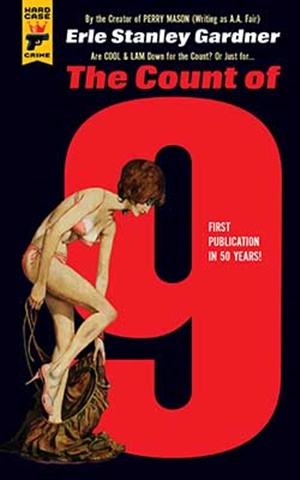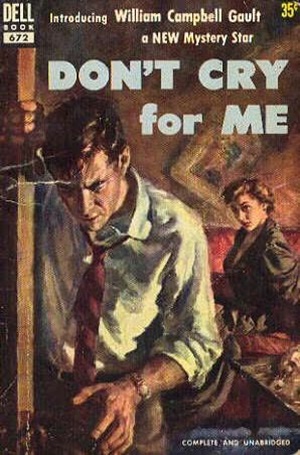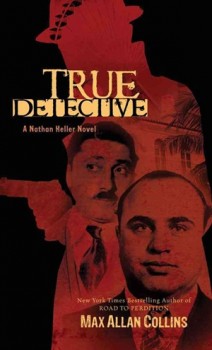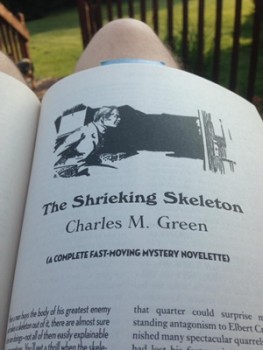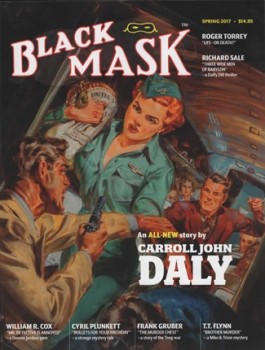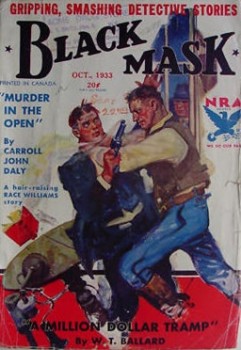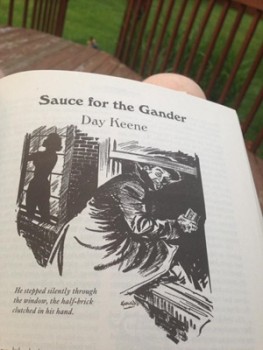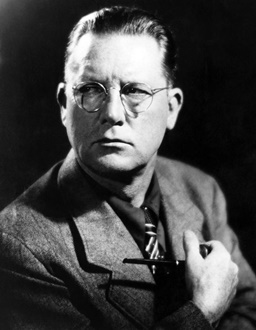A (Black) Gat in the Hand: MORE Cool & Lam!!!!
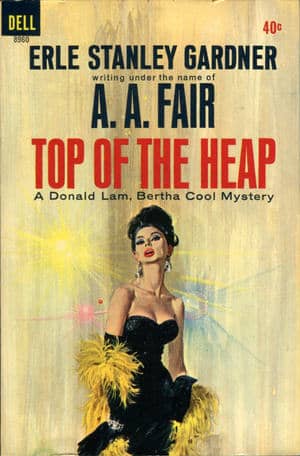 “You’re the second guy I’ve met within hours who seems to think a gat in the hand means a world by the tail.” — Phillip Marlowe in Raymond Chandler’s The Big Sleep
“You’re the second guy I’ve met within hours who seems to think a gat in the hand means a world by the tail.” — Phillip Marlowe in Raymond Chandler’s The Big Sleep
Last week’s post was on Hard Case Crime’s upcoming reissue of The Count of Nine. Since I was in a Cool and Lam mood, I went ahead and re-read the prior reissue from Hard Case, Top of the Heap, which was only the third book from the imprint. I recommend reading one of my prior posts on the Cool and Lam series to help provide some background for this post. You can find them here, here, and here (last week’s).
As usual, a client is not up front with them, but he pays well, so also as usual, Bertha doesn’t care. Donald is always a little cautious, but business is business and he quickly delivers results. Once again, Bertha does nothing. But Donald keeps digging and the client stops payment on the check. Bertha is pissed at Donald.
As always, there’s a lot going on and Donald has angles everywhere, heading up from Los Angeles to San Francisco for most of the case. He’s actually less cagey with the police than he usually is, but the bay area’s Lieutenant Sheldon doesn’t think so and wants Lam picked up and brought to headquarters.
A dead gangster’s moll, a dead businessman, missing bodies, a wounded gangster, mining companies, an undercover gambling joint, a yacht club: you need a scorecard for this one.
